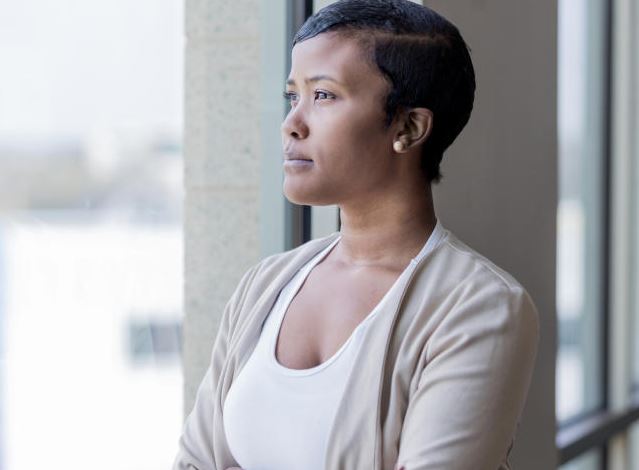×
The Standard e-Paper
Join Thousands Daily

Women form a minority of leaders and top managers in media organisations, a new report shows.
The study, titled The Missing Perspective of Women in News, and published last month was commissioned by the Bill and Melinda Gates foundation to research performance of a set of gender equality indicators.